
Unlocking the Secrets of Melody Writing: Techniques for Crafting Memorable Tunes
Welcome to the world of melody writing, where creativity meets technique! Whether you're a budding songwriter or just someone who enjoys music, understanding how to craft memorable tunes can elevate your art. In this article, we will explore various melody writing techniques that can empower you to create songs that resonate with your audience. We'll also touch on popular arrangements, like the I Need Thee Every Hour arrangement, giving you insights into how timeless melodies come to life.
The Heart of Melody Writing
At its core, a melody is a sequence of musical notes that are perceived as a single entity. When someone hums a tune, what they're doing is expressing a melody. The beauty of melodies lies in their ability to convey emotions and tell stories, often without the need for words. Here are the basic elements that make up an engaging melody:
Pitch
Pitch refers to how high or low a note sounds. It's like the building block of a melody. In any musical piece, pitches come together to create a memorable sequence that can evoke feelings ranging from joy to sadness. When writing melodies, it’s essential to balance pitches so that they are interesting yet accessible.
Rhythm
Rhythm refers to the timing of notes and how they are spaced out in a melody. It includes elements like beats and tempo, which contribute to the overall feel of the music. A well-crafted rhythm can make a melody catchy, which is fundamental when you want listeners to remember your tune.
Interval
Intervals are the distances between two pitches. For example, the interval between the notes C and E is a major third. Knowing how to use different intervals creatively can provide a unique flavor to your melody. Certain intervals can create tension, while others offer resolution, which helps in storytelling within your song.
Techniques for Crafting Memorable Melodies
Step-wise Motion vs. Leap Motion
One of the first decisions a melody writer makes is whether to use step-wise motion (moving to adjacent notes) or leap motion (skipping notes). Step-wise motion feels smoother and more fluid, while leap motion can inject excitement and surprise. A well-balanced use of both can create an engaging listening experience.
Use of Repetition
Repetition is a powerful tool in melody writing. By repeating certain phrases or motifs, you create a hook that sticks in the listener's mind. Many songs utilize this technique, which helps reinforce the main theme. When working on your melodies, consider how you can use repetition effectively.
Melodic Contour
Melodic contour refers to the shape of a melody as it moves up and down in pitch. Think of it like the landscape on a map. A melody with a dynamic contour will likely engage listeners as it offers surprises through rises and falls. Experiment with different contours to see how they affect the emotion conveyed in your piece.
Exploring Styles and Genres
Different musical styles offer various conventions and expectations regarding melodies. Here, we will explore a few styles to show how you can adapt your melody writing techniques.
Pop
Pop music often relies on catchy hooks and straightforward melodies. Look at hits like "Shake It Off" by Taylor Swift, which features simple yet highly memorable melodic lines. You can write an effective pop melody by focusing on repetition, using short phrases, and ensuring a clear structure.
Classical
In classical music, melodies can be more complex and elaborate. Composers like Beethoven often utilized a mix of step-wise motion and leaps, allowing for a wide range of emotional expression. If you’re drawn to orchestral music, consider how you might incorporate motifs and variations to develop your melody further.
Jazz
Jazz involves a lot of improvisation, often with intricate melodies that rely on complex rhythms and unique intervals. When writing jazz melodies, don’t hesitate to experiment with syncopation (placing accents on unexpected beats) and chromaticism (using notes outside the traditional scale). Combining these approaches can lead to unexpected yet fascinating results.
The Role of Harmony in Melody Writing
Many songwriters often overlook the interaction between melody and harmony (the combination of different musical notes played or sung simultaneously). Harmony can greatly enhance a melody, painting a fuller picture of its emotional landscape.
Chords and Progressions
A common way to add harmony is through chords, which are groups of notes played together. When combined with a melody, chords can establish the song’s mood. For example, a major chord can sound happy and uplifting, while a minor chord may create a sense of introspection. Understanding the common chord progressions can help you create effective accompaniment for your melodies.
The Influence of Arrangements
Arrangements like the I Need Thee Every Hour arrangement highlight the interplay of melody and harmony in a more structured way. An arrangement is how different sections and instruments in a song are organized. By examining popular arrangements, you can gain insights into how harmony supports the melody and enhances emotional impact.
Song Structure: Building Your Tune
When crafting a memorable melody, having a clear song structure is critical. This provides a framework for the listener and helps in organizing your thoughts while writing. Here are some common structures you may encounter:
Verse-Chorus Form
One of the most popular structures in contemporary music is the verse-chorus form. The verse sets up the song’s story or theme, while the chorus serves as the catchy hook that listeners remember. By varying your melodies between the verse and chorus, you can create contrast and maintain interest.
ABA Form
The ABA form consists of two contrasting sections (A) surrounding a repeated section (B). A great example of this is found in classical music and even some pop songs. This structure allows you to maintain a theme while also introducing new musical ideas, making it engaging.
Common Pitfalls to Avoid
Even seasoned songwriters face challenges when creating melodies. Here are a few common pitfalls and how to avoid them:
Overcomplicating Melodies
While it can be tempting to make your melody intricate and ornate, simplicity is often more effective. Many memorable melodies are built on straightforward ideas. Aim for clarity in your melody to ensure that it’s singable and easy to remember.
Ignoring Dynamics
Dynamics refer to the volume of sound in music. Skipping dynamics can result in a flat-sounding melody. Pay attention to how loud or soft different parts of your melody are, using dynamics to create contrast and emphasize emotional moments within your tune.
Bringing Your Melody to Life
Once you’ve composed your melody, it’s time to bring it to life. Here are a few tips to help you present your work effectively:
Recording and Editing
In today’s digital age, recording your melodies is easier than ever. Use software tools to capture your ideas and make adjustments as necessary. Listening to your recordings can provide valuable insights and help you refine aspects you might not notice when playing live.
Collaboration
Collaborating with other musicians can introduce new perspectives and ideas. Music is often a collective experience, and working with others can greatly enhance your melody writing process. Don't hesitate to seek feedback and suggestions from fellow musicians.
Fueling Your Creativity
Inspiration can strike at any time! Here are some ways to keep your creative juices flowing and continually improve as a melody writer:
Listen Actively
Immerse yourself in various genres of music, from classical to hip-hop, and analyze the melodies that captivate you. Pay attention to the techniques that different composers and songwriters use and consider how you might apply them to your work.
Experiment and Play
Don't be afraid to experiment! Use different instruments or software to create unusual sounds. Sometimes, unexpected ideas can lead to your most memorable melodies. Allow yourself the freedom to play and explore without pressure.
Create Timeless Tunes
As we’ve discussed, crafting memorable melodies involves understanding the fundamental elements of music, using effective writing techniques, and being open to creativity. Don't forget to draw on established arrangements like the I Need Thee Every Hour arrangement. The interplay of melody and harmony can lead to extraordinary results in your writing.
Tune in to your creative instincts, experiment with these techniques, and let your passion for music guide you. Melody writing isn’t just a skill; it’s an art that brings people together, conveys emotions, and tells stories. Now, go ahead, and start crafting your unforgettable tunes! Your melody is waiting to be born, and who knows just how far it might take you!
Silent Night Free Sheet Music Canon | Easy Organ Arrangement for Christmas
Away in a Manger Intermediate Piano Solo
Christ the Lord is Risen Today Fanfare | Easter Organ Sheet Music. For Organ, Choir or Congregation
Come Thou Fount of Every Blessing Organ Solo – A Powerful and Timeless Arrangement
View Comments
Leave a Comment
No comments



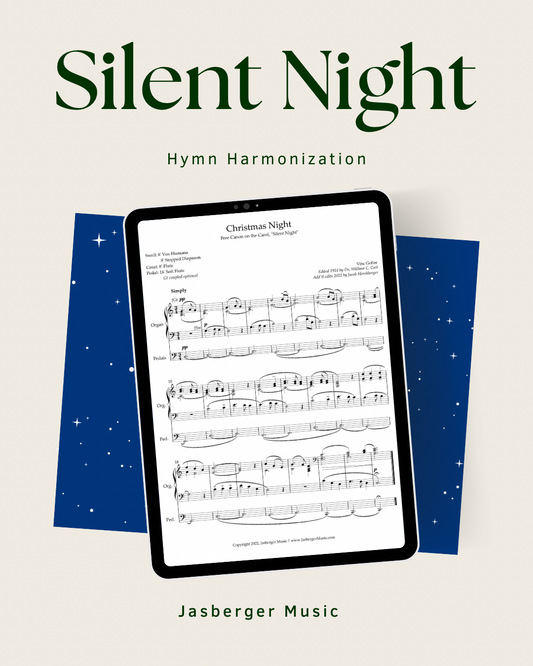
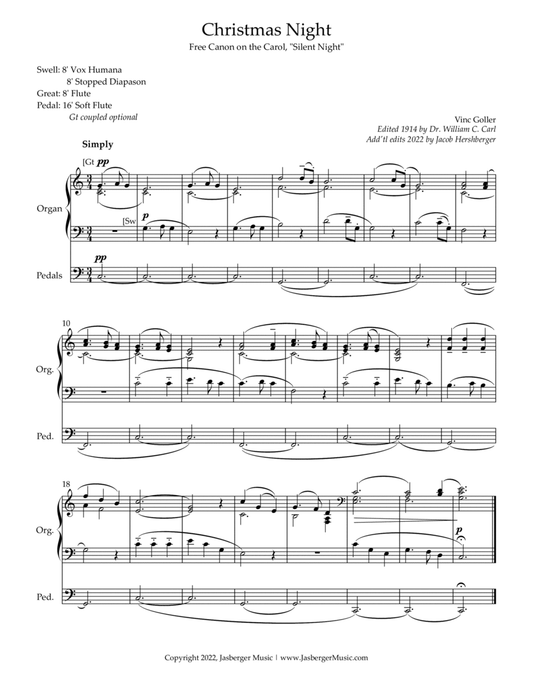

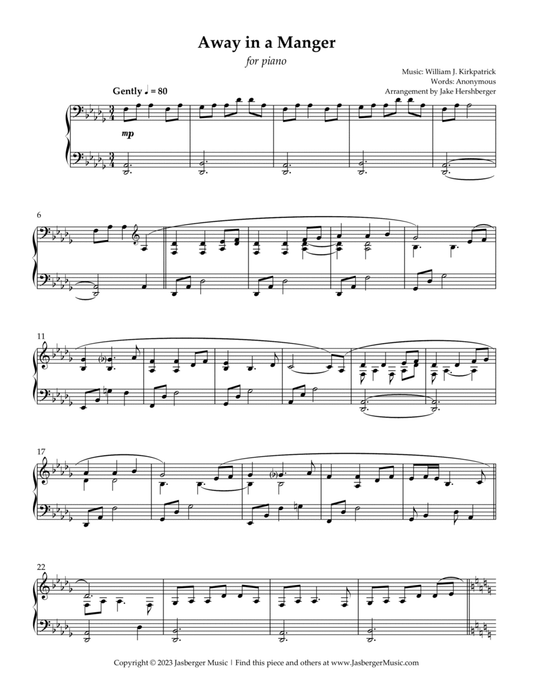

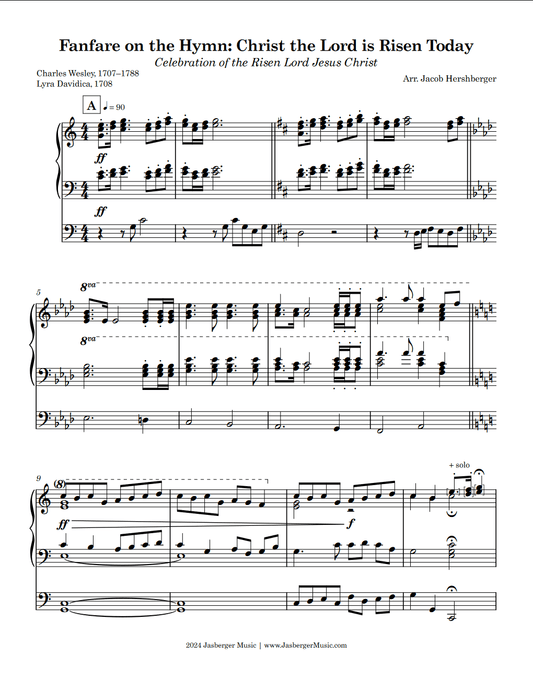
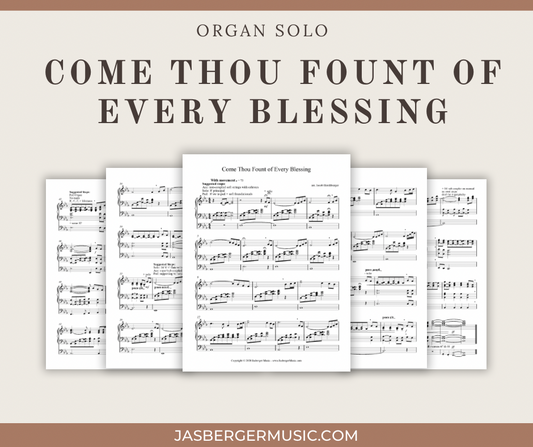
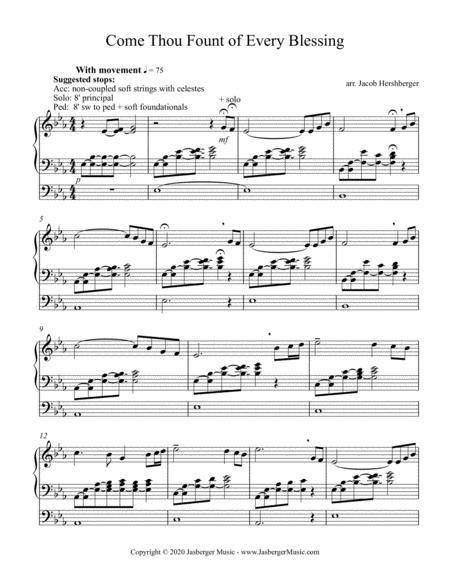

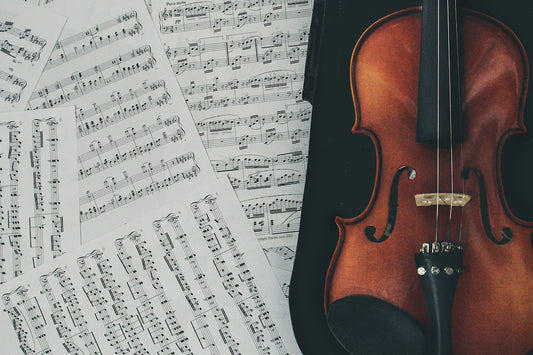

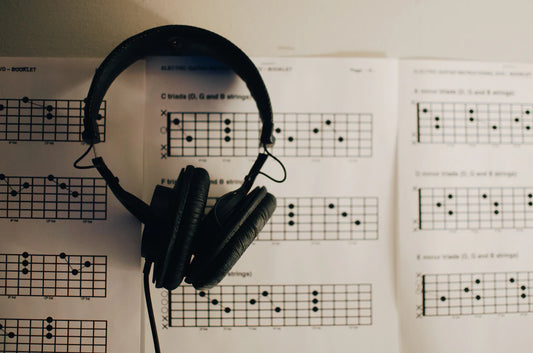
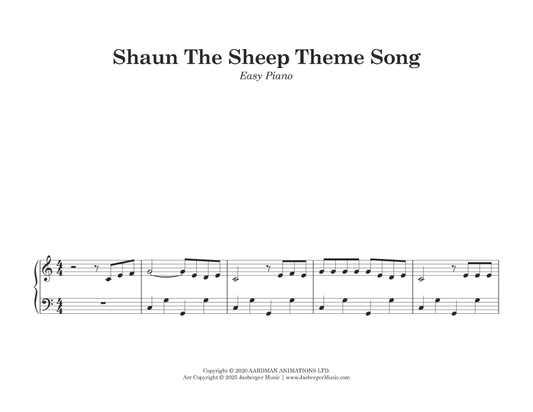
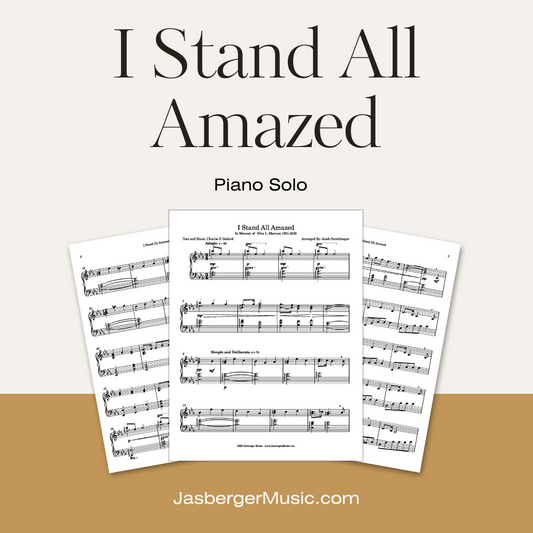
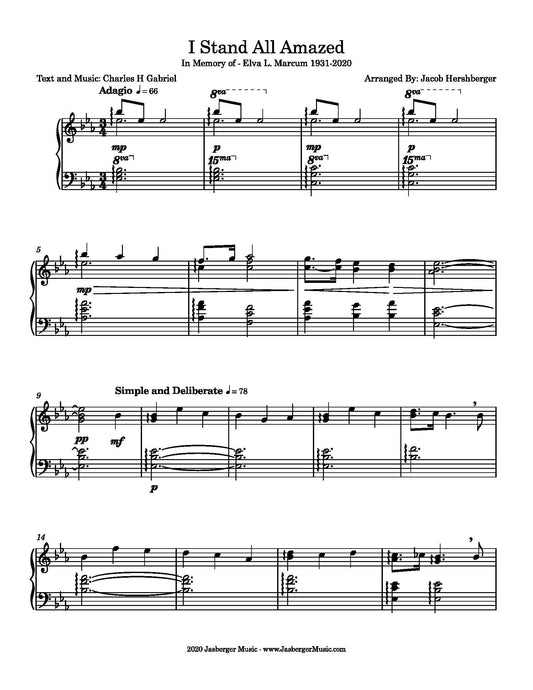
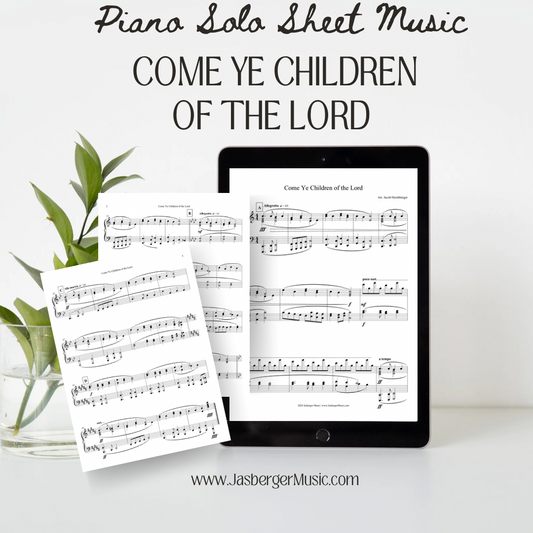
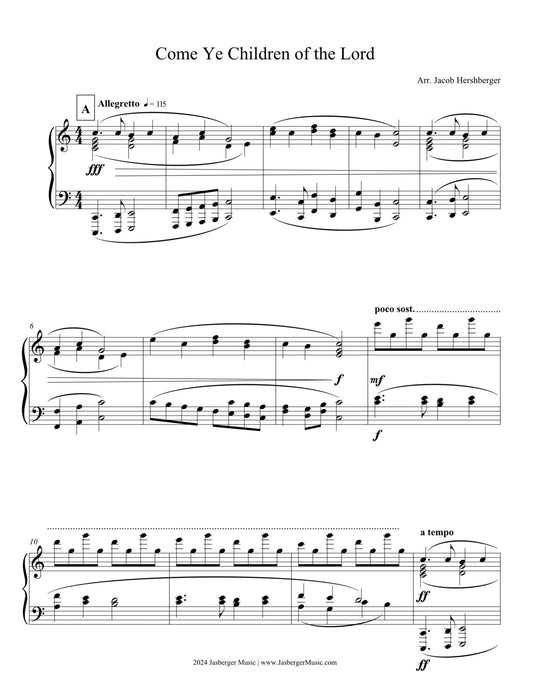
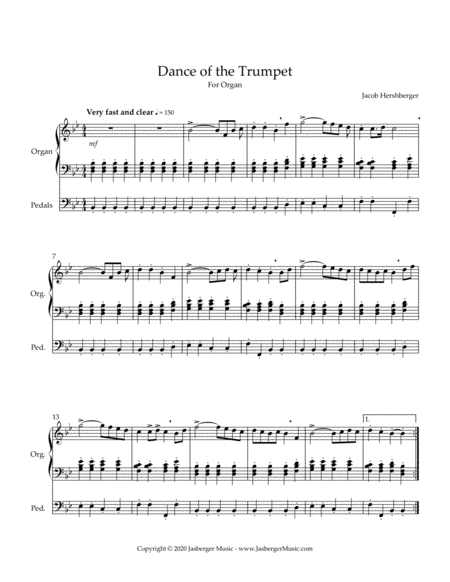
comments